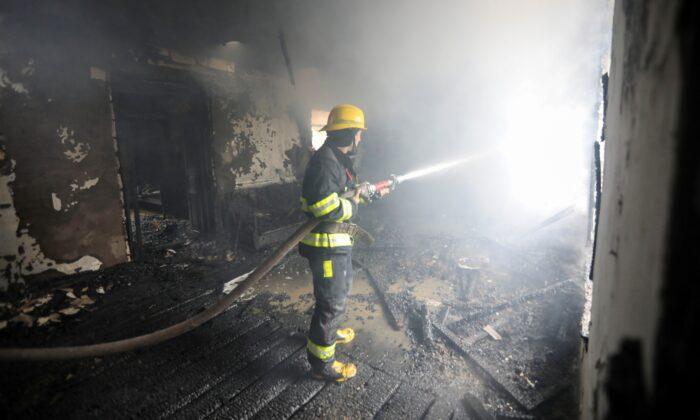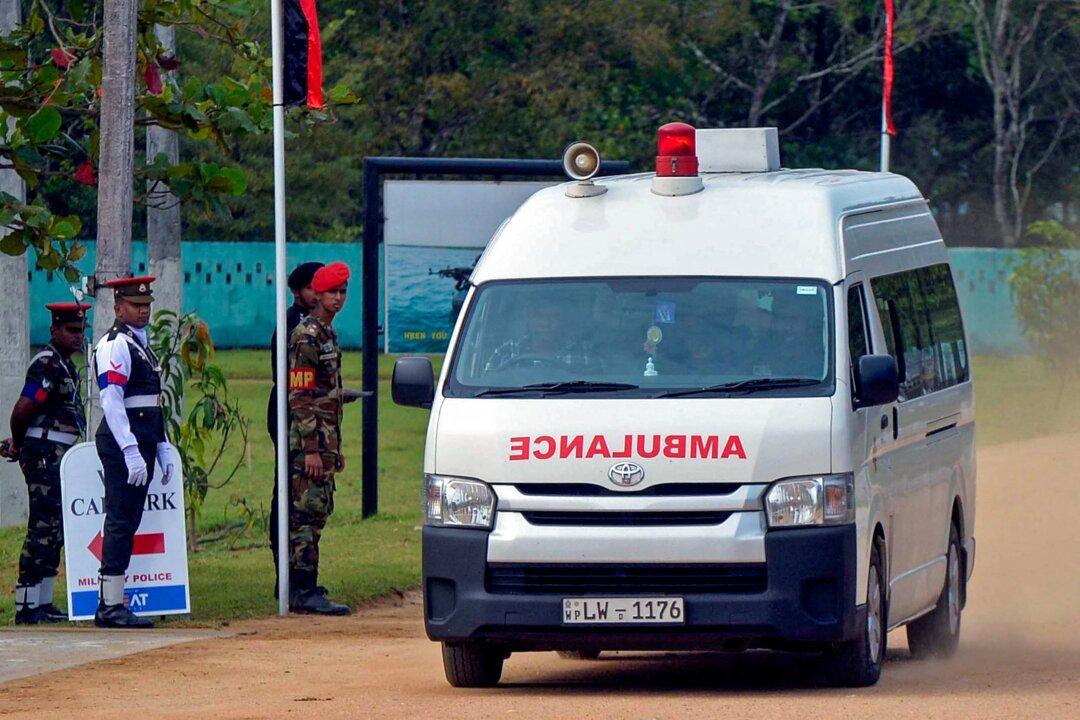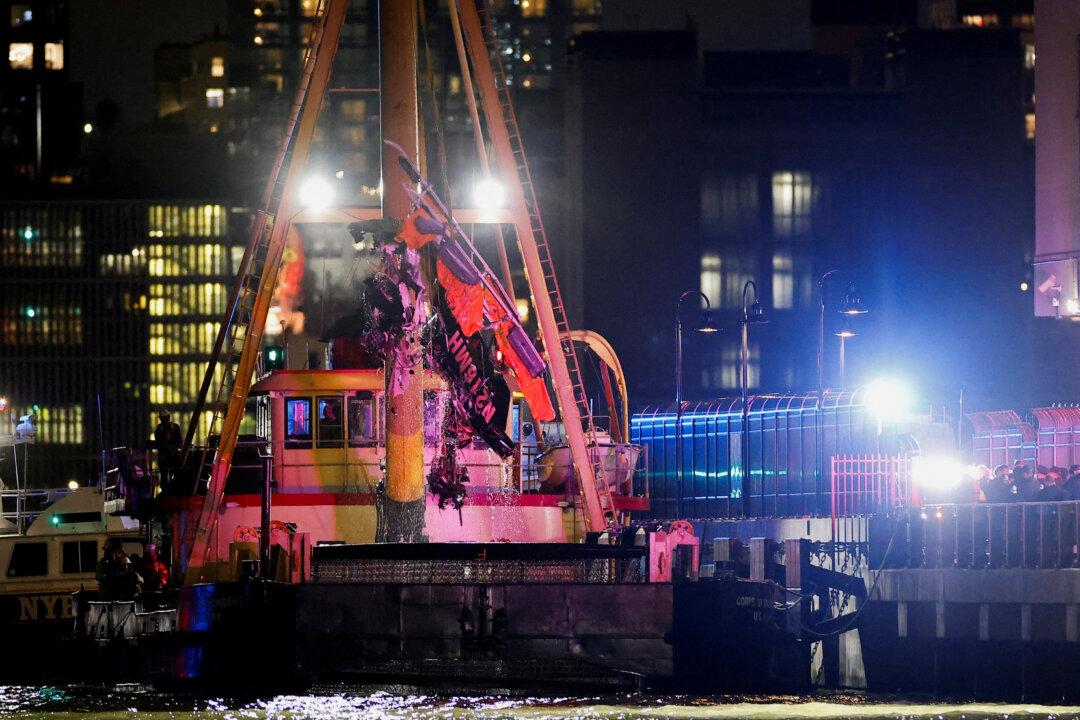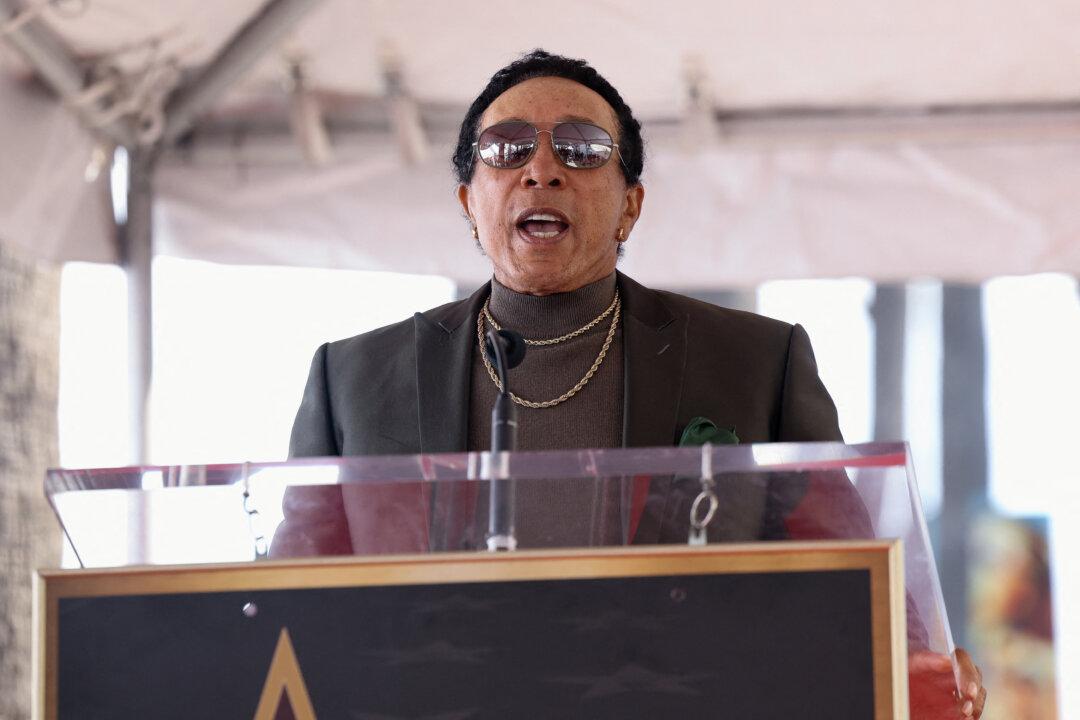YEREVAN/BAKU—Armenia and Azerbaijan accused each other on Oct. 5 of attacking civilian areas on a ninth day of fighting, the deadliest in the South Caucasus region for more than 25 years.
Hundreds of people have been killed in the latest outbreak of war over Nagorno-Karabakh, a mountain enclave that belongs to Azerbaijan under international law but is populated and governed by ethnic Armenians.
The fighting intensified over the weekend, and prospects for a ceasefire appeared remote after an uncompromising speech from Azerbaijan’s President Ilham Aliyev on Oct. 4.
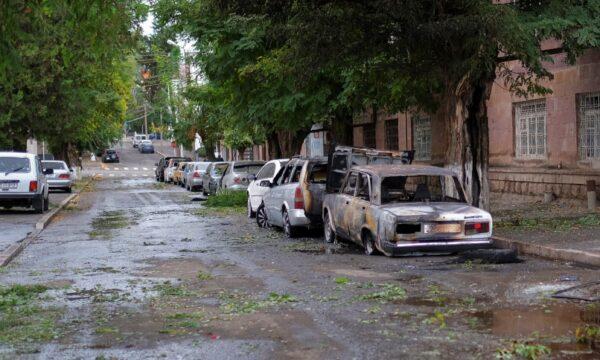
In a televised address to the nation, Aliyev said Azeri forces were advancing and retaking lands that they lost to ethnic Armenians in the 1990s—though Armenia disputes these gains.
He demanded that Armenia set a timetable for withdrawing from Nagorno-Karabakh and surrounding Azeri territories, and said Azerbaijan wouldn’t cease military action until that happened.
“Azerbaijan has one condition, and that is the liberation of its territories,” he said. “Nagorno-Karabakh is the territory of Azerbaijan.”
Speaking immediately afterward, Armenian Defense Ministry official Artsrun Hovhannisyan said: “I don’t think that there is any risk for Yerevan (the Armenian capital), but anyway we are in war.”
The fighting has raised international concern about stability in the South Caucasus, where pipelines carry Azeri oil and gas to world markets, and about the possibility other regional powers could be dragged in—Azerbaijan is supported by Turkey, and Armenia has a defense pact with Russia.
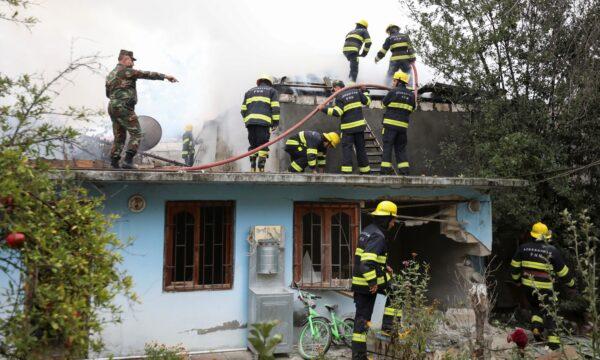
Ninth Day of Fighting
On Oct. 5, Nagorno-Karabakh said Azeri forces launched rocket strikes on its administrative center, Stepanakert, while Azerbaijan said Armenia fired missiles at several towns outside the breakaway region.“The enemy is firing rockets at Stepanakert and Shushi. The Defense Army response will not be long in coming,” said Vahram Pogosyan, a spokesman for the Nagorno-Karabakh leader.
Armenian defense ministry spokeswoman Shushan Stepanyan said: “Tense fights are in progress.”
Azerbaijan said Armenia had been launching missile attacks against densely populated areas and civilian infrastructure in Azerbaijan. The Azeri defense ministry said its radar system recorded that launches were made from the territory of Armenia.
“It is fake and complete misinformation that Armenia opened fire on Azeri strongholds,” said Hovhannisyan, the Armenian defense ministry official.
The clashes are the worst since the 1990s, when some 30,000 people were killed, and are spreading beyond the Nagorno-Karabakh enclave.
Ceasefire calls from Russia, France, the United States, and the European Union have produced no result. Aliyev said Azerbaijan must take matters into its own hands after waiting in vain for three decades for diplomatic progress.
“The fighting has essentially put to bed the prospect of any near-term resolution to the dispute over Nagorno-Karabakh,” said analysts Alexander Stronell and Yohann Michel of the International Institute for Strategic Studies (IISS) in London.
If there were all-out war between the two former Soviet republics, Azerbaijan would have a clear advantage. It has 81,950 regular troops and paramilitary forces, compared with 49,100 for Armenia, according to the IISS.
Azerbaijan has a “qualitative and quantitative advantage” and seems to have gained the momentum by taking control of the air, the two analysts said, but added that it was too early to be sure of the extent of any territorial gains.
Michel said it was likely that Azerbaijan had destroyed at least 30 to 40 enemy tanks with drones, while losing some of its own. But to control the rugged, mountainous territory, it would need to advance with its own infantry, tanks, and armored personnel carriers, he said.
